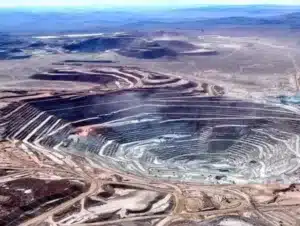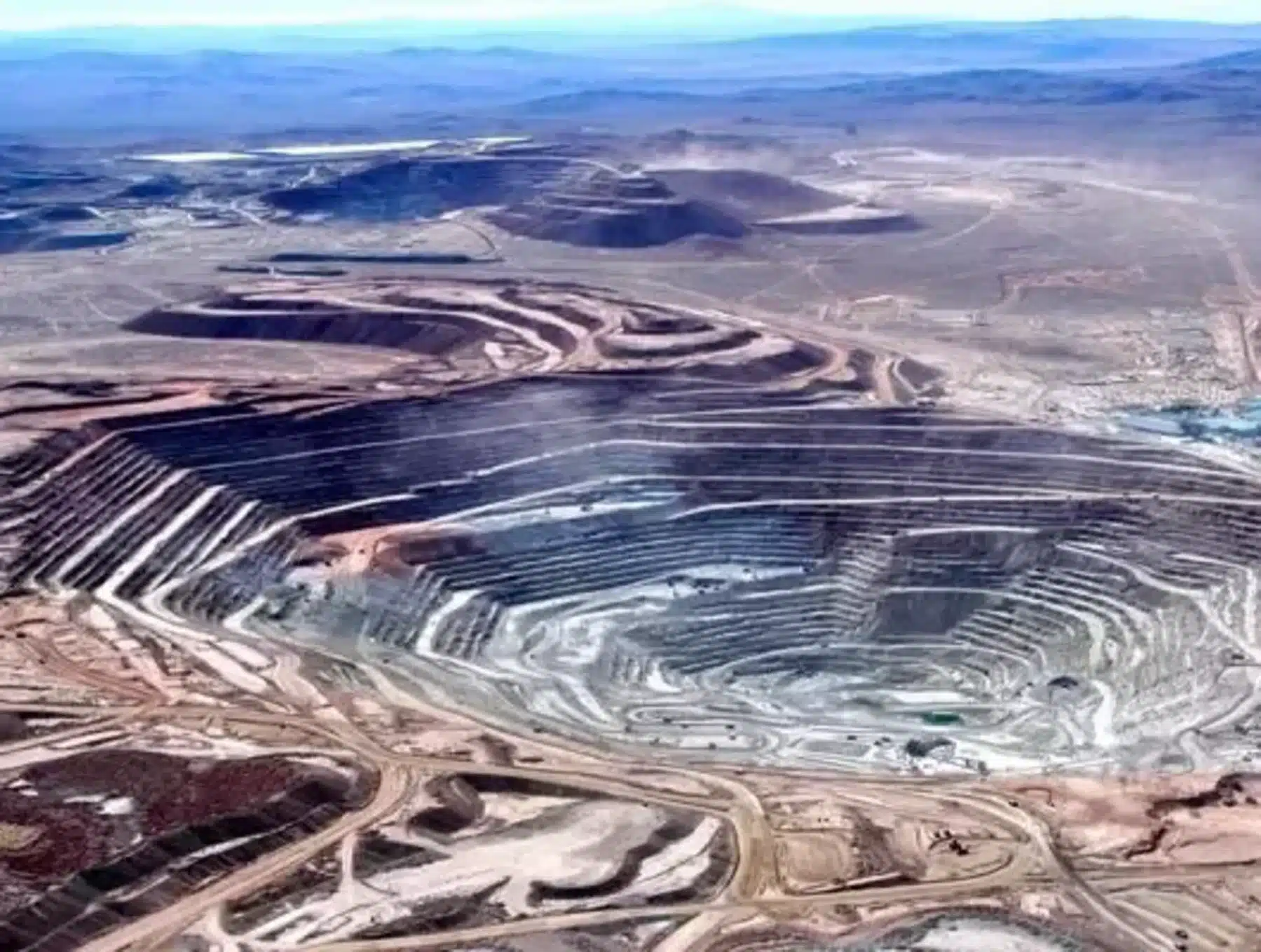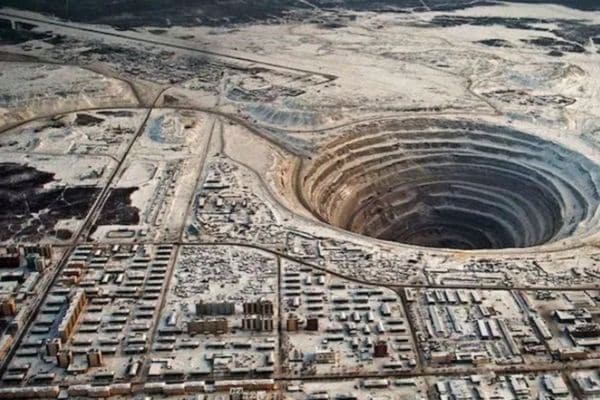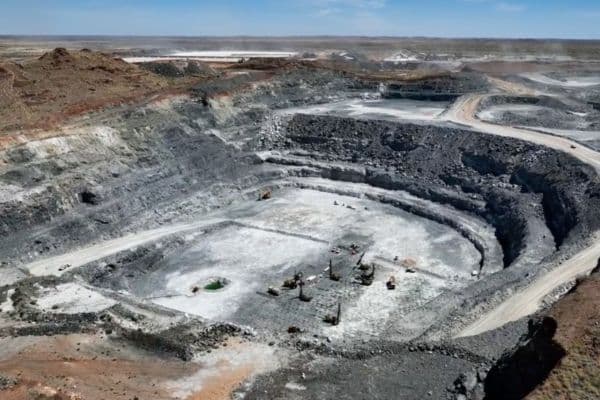10 Lithium Mine Pictures
Lithium Mine: Unveiling the Hidden Resource
Lithium, a vital component in modern technologies, is found in abundance in a fascinating place called the lithium mine. In this article, we will delve into the depths of this remarkable resource, uncovering its significance and exploring the intricacies of its extraction. By adopting an analytical perspective, we will shed light on the inner workings of lithium mines, unveiling the secrets that lie beneath the surface.

The Rising Demand for Lithium
The first step in understanding the importance of lithium mines is recognizing the surging demand for this precious metal. Lithium has become an essential ingredient in various industries, particularly in the production of batteries. With the rise of electric vehicles and the growing popularity of portable electronics, the need for lithium has reached unprecedented levels.
Exploring the Lithium Mine Landscape
Now that we grasp the significance of lithium, let us embark on a journey to explore the landscape of a lithium mine. Picture vast expanses of land, often nestled in remote regions, harboring a hidden treasure beneath the earth’s crust. These mines are typically located in areas rich in lithium-containing minerals, such as spodumene or lithium-rich brine deposits.
The Extraction Process
Extracting lithium from the mine involves a meticulous and intricate process. One commonly employed method is the extraction of lithium from spodumene, a mineral rich in lithium. After the mining phase, the spodumene undergoes a series of physical and chemical processes to convert it into a usable form. These processes include crushing, roasting, and leaching, ultimately leading to the extraction of lithium carbonate, a key component in battery production.
Environmental Considerations
While lithium mines contribute to the global supply of this coveted metal, it is important to acknowledge the environmental considerations associated with their operations. Mining activities can have a significant impact on the surrounding ecosystems, necessitating responsible and sustainable practices. Efforts are being made to minimize the environmental footprint of lithium mines, including the implementation of rigorous reclamation plans and the adoption of greener technologies.
Economic Implications
Beyond their environmental impact, lithium mines also have noteworthy economic implications. Regions with abundant lithium reserves often experience economic growth, as mining operations create employment opportunities and stimulate local economies. Moreover, the increased production of lithium supports the development of renewable energy sources, such as solar and wind power, further bolstering economic advancement.
The Future of Lithium Mining
As we peer into the future, it is clear that lithium mining will continue to play a crucial role in shaping our technological landscape. With ongoing advancements in battery technology and the persistent shift towards sustainable energy solutions, the demand for lithium is poised to soar even higher. Efforts are underway to discover new lithium deposits and improve extraction methods, ensuring a steady supply of this invaluable resource.
The lithium mine is not just a place of extraction but a gateway to the future. The significance of lithium in our modern world cannot be overstated, and understanding the inner workings of these mines is key to unlocking its potential. From the rising demand for lithium to the intricate extraction processes, we have explored the multifaceted aspects of lithium mines.
It is essential to strike a balance between meeting the demand for lithium and implementing sustainable practices to safeguard the environment. As we continue our journey towards a greener and more technologically advanced future, the lithium mine will remain a vital source of this remarkable metal.
What do lithium mines really look like?
Lithium mines can be quite diverse in appearance, depending on the type of lithium deposits being extracted. In the case of lithium-rich brine deposits, the mining operation may involve vast, shallow pools of brine solution, often found in arid regions. These pools may be lined with a white crust, indicating the presence of lithium carbonate.
In contrast, lithium mines extracting lithium from minerals like spodumene may resemble traditional open-pit or underground mines. These mines can feature large excavations, towering rock walls, and heavy machinery used for mining and processing operations.
Is lithium mining bad for the Environment?
Lithium mining, like any other mining activity, can have environmental implications. The extraction of lithium requires significant amounts of water, which can strain local water sources, particularly in arid regions. Additionally, the chemicals used in the extraction process, such as sulfuric acid, can potentially contaminate soil and water if not properly managed.
Moreover, the physical disruption caused by mining operations can lead to habitat destruction and the displacement of wildlife. However, efforts are being made to mitigate these impacts through the adoption of sustainable mining practices, strict regulations, and the implementation of environmental safeguards.
Which country has the most lithium?
Currently, the country with the highest lithium reserves is Australia. Australia’s lithium deposits are primarily located in Western Australia, where vast lithium-bearing mineral resources can be found. This abundance of lithium reserves has positioned Australia as a major player in the global lithium market. Other countries with significant lithium deposits include Chile, Argentina, China, and the United States.
Who is the largest lithium mine in the world?
The largest lithium mine in the world is the Greenbushes lithium mine, located in Western Australia. The Greenbushes mine is operated by Talison Lithium, a joint venture between China’s Tianqi Lithium Corporation and U.S.-based Albemarle Corporation. The mine boasts extensive lithium reserves and has been in operation for several decades. Its significance in the lithium market is undeniable, contributing a substantial portion of the global lithium supply.
11 Lithium Mine in the world and mine Pictures:
Australia: Australia is the largest producer of lithium globally. The Greenbushes lithium mine in Western Australia is one of the largest and most significant lithium mines in the world.

Chile: Chile is another major producer of lithium. The country’s lithium production primarily comes from the Salar de Atacama, which is home to several lithium brine operations.
China: China has been expanding its lithium production in recent years. The country has both lithium brine and hard rock deposits, with major lithium mines located in regions such as Tibet and Qinghai.
Argentina is a significant producer of lithium, with most of its production also coming from lithium brine operations. The Salar del Hombre Muerto is one of the key lithium-producing regions in the country.
Zimbabwe: Zimbabwe has emerged as a notable lithium producer in recent years. The Bikita mine in Zimbabwe is one of the largest lithium mines in the country.
Canada: Canada has significant lithium resources, particularly in hard rock deposits. The Quebec region, including the Whabouchi mine, has been a focal point for lithium extraction in the country.
Bolivia: Bolivia has significant lithium reserves, particularly in the Salar de Uyuni, which is one of the largest salt flats globally. The country has been working on developing its lithium resources, with plans to establish lithium extraction operations.
Portugal: Portugal has lithium deposits, primarily located in the region of Guarda. The country aims to develop its lithium resources to meet the increasing demand for electric vehicle batteries.
United States: The United States has several lithium mines, including the Silver Peak lithium mine in Nevada, which has historically been one of the largest lithium producers in North America. Other lithium deposits are found in states like North Carolina and California.
Brazil: Brazil has lithium in its Minas Gerais and Ceará regions. The country has been exploring lithium extraction opportunities to support its domestic battery manufacturing industry.
Namibia: Namibia has the Lofdal Rare Earths Project, which also contains lithium deposits. It is one of the emerging lithium projects in Africa.
Pilbara, Australia:


